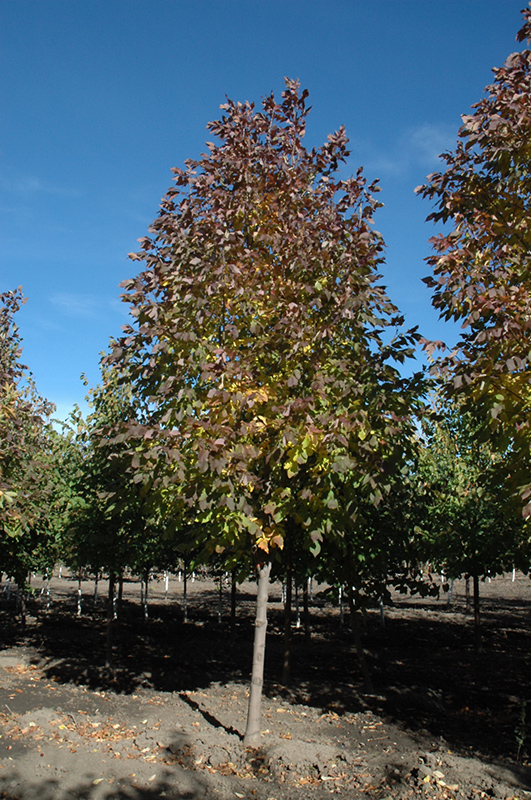Nobility White Ash
Fraxinus americana 'Nobility'
Height: 50 feet
Spread: 30 feet
Sunlight:
![]()
Hardiness Zone: 3a
Description:
A particularly hardy selection of this desirable species, with an upright growth habit and spectacular purple fall color; resistant to frost cracking, very neat and tidy, an ideal choice for colder climates
Ornamental Features
Nobility White Ash is primarily valued in the landscape for its decidedly oval form. It has dark green deciduous foliage. The compound leaves turn an outstanding purple in the fall.
Landscape Attributes
Nobility White Ash is a deciduous tree with a strong central leader and a shapely oval form. Its average texture blends into the landscape, but can be balanced by one or two finer or coarser trees or shrubs for an effective composition.
This tree will require occasional maintenance and upkeep, and should only be pruned in summer after the leaves have fully developed, as it may 'bleed' sap if pruned in late winter or early spring. Deer don't particularly care for this plant and will usually leave it alone in favor of tastier treats. Gardeners should be aware of the following characteristic(s) that may warrant special consideration;
- Insects
Nobility White Ash is recommended for the following landscape applications;
- Shade
Planting & Growing
Nobility White Ash will grow to be about 50 feet tall at maturity, with a spread of 30 feet. It has a high canopy with a typical clearance of 6 feet from the ground, and should not be planted underneath power lines. As it matures, the lower branches of this tree can be strategically removed to create a high enough canopy to support unobstructed human traffic underneath. It grows at a medium rate, and under ideal conditions can be expected to live for 80 years or more.
This tree should only be grown in full sunlight. It prefers to grow in average to moist conditions, and shouldn't be allowed to dry out. It is not particular as to soil type or pH. It is highly tolerant of urban pollution and will even thrive in inner city environments. This is a selection of a native North American species.

